How to Set Up Your Cat's Litter Box (Step by Step Guide)

Tired of never-ending litter box mishaps?
Looking to prevent those dreaded potty accidents once and for all?
Well, guess what?
You're in luck! ✨
Because I've been in the same boat, my friend.
I know exactly what you're going through...
The frustration, the mess, the never-ending cycle of cleaning up after your feline friend.
But fear not, because today I'm going to spill the beans on how to set up your cat's litter box like a pro.
So grab a cuppa, sit back, and get ready to tackle this issue head-on.
Let's dive in, shall we?
Basic Litter Box Setup
When it comes to setting up a litter box for your cat, there are some important things you should think about.
Here's a practical list to help you create the perfect litter box system for your feline friend:
- Choose the right spot: Find a quiet and private place in your home where your cat can do its business without any disturbance. Avoid putting the litter box near noisy appliances or busy areas.
- Pick the right litter box: Make sure the litter box is big enough for your cat to comfortably move around and dig. It should have low sides for easy entry and exit.
- Have multiple litter boxes: If you live in a multi-story home, it's a good idea to have a litter box on each floor so your cat can easily access one. This prevents accidents and encourages good litter box habits.
- Go for odorless litter: Cats have sensitive noses, so strong smells might discourage them from using the litter box. Stick to unscented litter for a more pleasant experience for both you and your cat.
- Keep it clean: Scoop the litter box daily and replace the litter at least once a week. Regular cleaning will keep your cat happy and prevent unpleasant odors.
Setting up the perfect litter box system takes some trial and error.
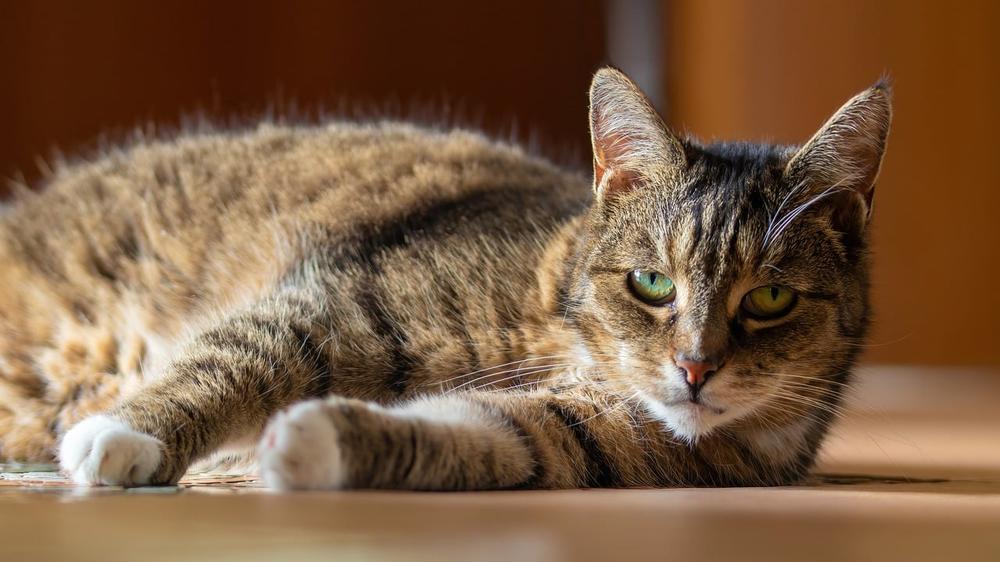
Observe your cat, make changes if necessary, and above all, be patient. 😺
Main points I'll expand upon further down this article:
- Consider your cat's preferences and needs when choosing a litter box.
- Open-top litter boxes are preferred by many cats for easy access and mobility.
- Covered litter boxes may trap odors and deter some cats from using them.
- High-sided or top-entry boxes are necessary for cats that pee high.
- Choose a litter box that allows your cat to comfortably turn around.
- Provide one more litter box than the number of cats in your home.
- Place litter boxes in different locations to prevent territorial issues.
- Clumping, unscented litter with a soft, sandy texture is preferred by most cats.
- Avoid using self-cleaning litter boxes and scented litter.
- Regularly clean the litter box and use a tracking mat to minimize mess.
But what about the specific needs and preferences of your cat?
How do you choose a litter box that fits their unique habits?
Well, let me delve into some important factors to consider when selecting the perfect litter box for your feline friend.
You want to ensure they feel comfortable and satisfied with their private restroom!
Litter Box Size & Characteristics
When picking a litter box for your cat, here are 11 things you should think about:
- Think about how your cat digs when choosing the box.
- Go for boxes with high sides to stop the litter from flying around.
- Keep your cat's likes and needs in mind.
- Pick a box without a lid so your cat can easily get in and move around.
- Covered boxes might trap smells and dirt.
- Some cats might not want to use them.
- Boxes with higher sides or a top entry can keep the urine contained.
- These kinds of boxes are especially helpful if your cat pees high up.
- Make sure the box is big enough for your cat to turn around comfortably.
- Cats with long fur might prefer less litter and a smooth surface.
- Most cats like uncovered boxes.
But remember, some cats might also be fine with covered or top-entry boxes. 😀
Consider what your cat needs and make your choice based on that.
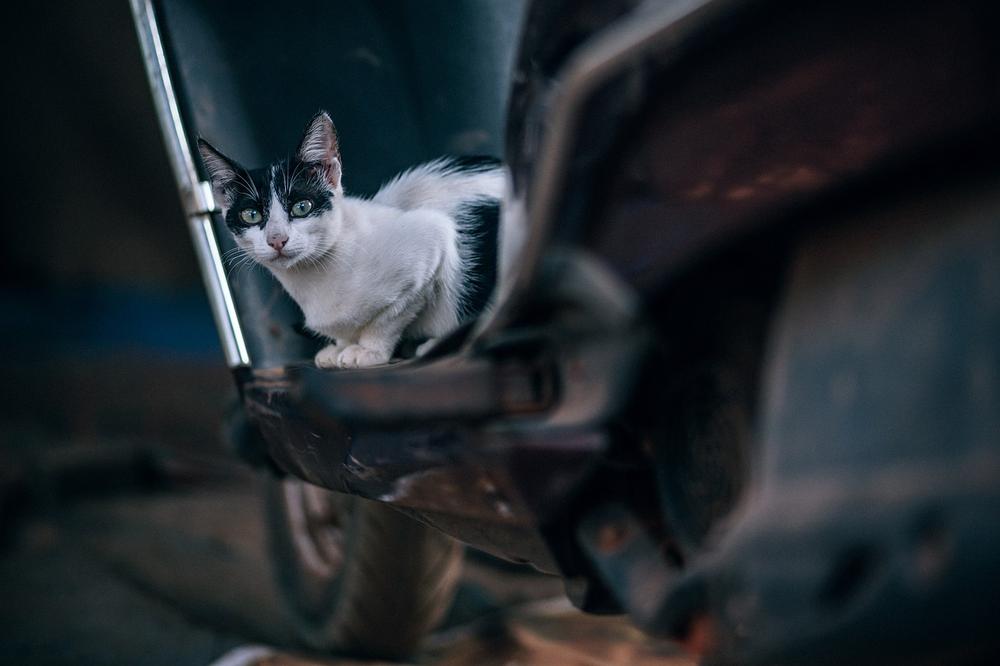
But what if your cat doesn't seem to like any of the litter box options you've tried?
Don't worry, there's still hope... In the next section, I'll share some tips on how to determine your cat's preferences and create a setup that suits their needs.
Plus, I'll reveal the magic number of litter boxes you should have in your home for ultimate kitty comfort.
Let's dive in!
How Many Litter Boxes for One Cat
Figuring out which litter box your cat likes is important.
Try different options like hooded or top-entry boxes to see what your furry friend prefers. And it's generally recommended to have one more box than the number of cats you have.
So, if you have one cat, ensure you have at least two litter boxes.
In households with multiple cats, it's best to have the same number of litter boxes as the number of cats plus an extra one.
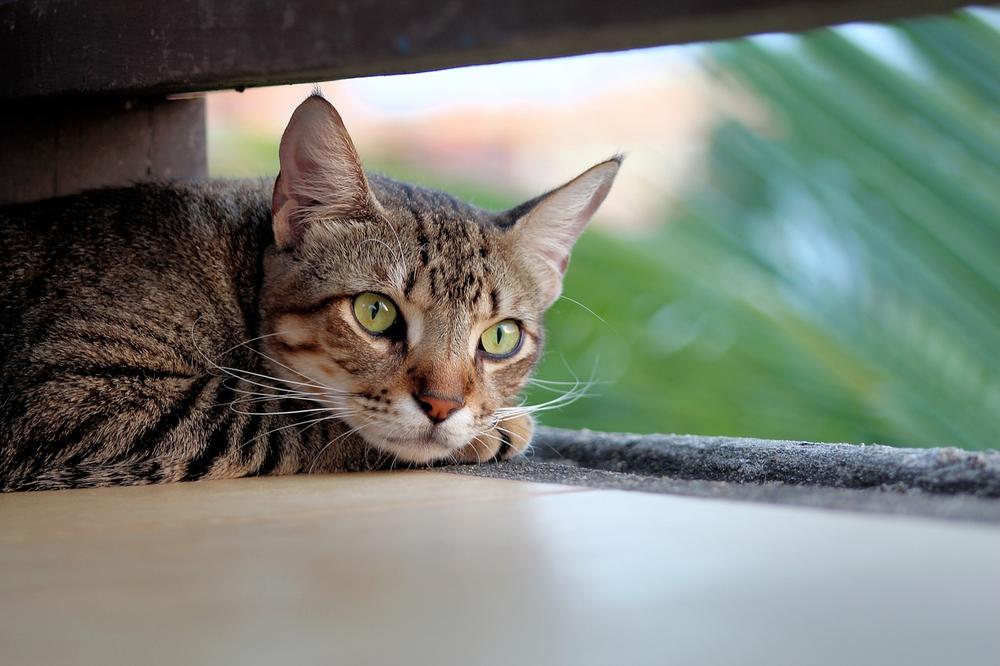
This helps avoid territorial issues and ensures that each cat has a litter box and feels safe.
Also, make sure to place the litter boxes in different spots around your house. This gives each cat their own space and minimizes conflicts.
Not all cats have the same preferences, so you need to consider each individual cat's needs and preferences.
Moreover, think about the pros and cons of covered litter boxes.
Some cats like privacy, while others may feel trapped or uncomfortable in a covered box.
By following these guidelines and spreading the litter boxes throughout your home, you can create harmony and reduce stress for your feline companions.
How Much Litter You Should Use and What Type
Here are 10 tips for your cat's litter:
- Go for clumping litter to make cleaning up easier.
- Choose unscented litter if your cat gets irritated easily.
- Consider using a fine-grained litter that feels like sand.
- Make sure you have about two to three inches of litter depth.
- Don't be afraid to test out different types of litter boxes and styles.
- Stick to one kind of litter to keep things consistent.
- Stay away from scented litter or air fresheners - they can be bothersome to your cat.
- Make sure the litter box is easily accessible and give your cat some privacy.
- Keep the litter box clean by scooping it regularly.
- Pay attention to what your cat prefers in terms of litter type and how deep it should be.
Your furry friend will enjoy a cozy and enjoyable bathroom experience if you take these tips into account.
And now, let's dive into the nitty-gritty of maintaining a clean litter box for your feline companion.
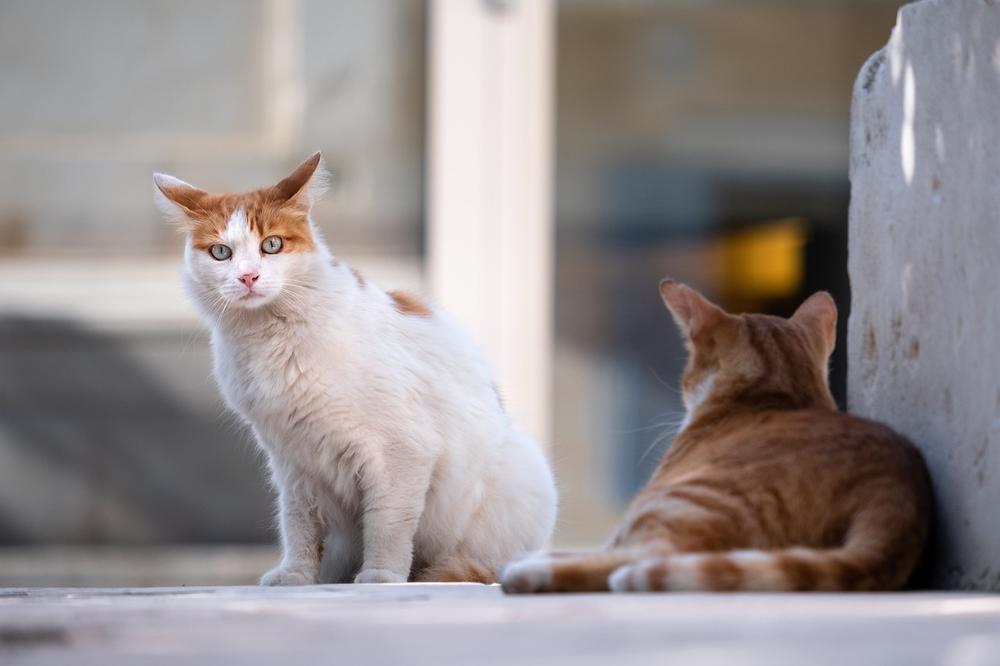
Because let's face it, we all want to avoid those dreaded potty accidents that can leave both you and your cat feeling frustrated and stressed!
So, how can you simplify the cleaning process and ensure a fresh and inviting bathroom space for your furry friend?
Let me share some practical tips and tricks with you...
Make the Litter Box Easy to Clean
Keeping your cat's litter box clean doesn't have to be a chore.
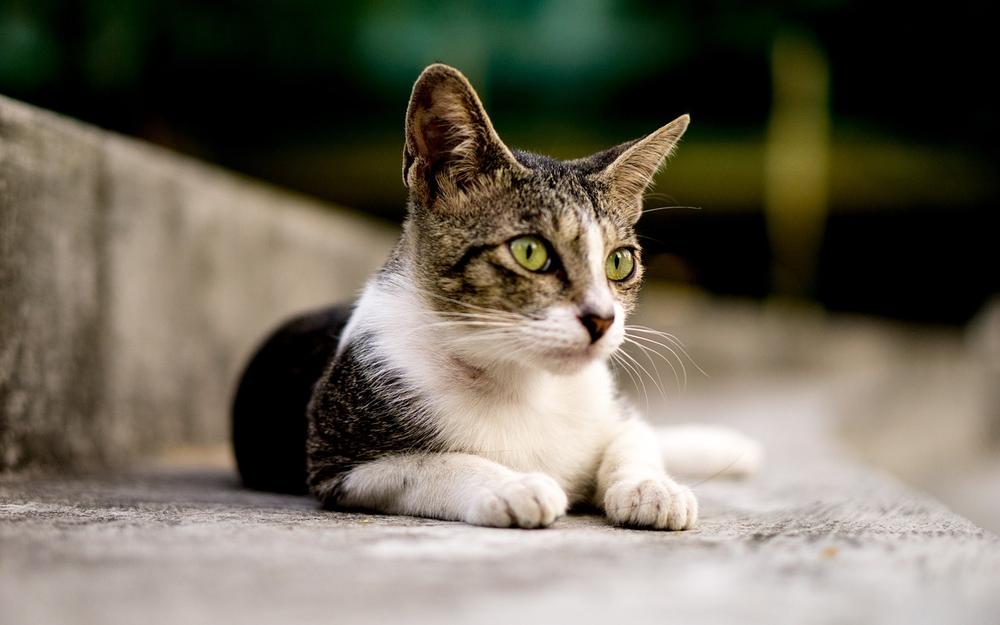
Here are some practical tips to make the process easier:
- Use liners or disposable trays to simplify cleaning. Just make sure to remove any excess litter that could get caught in your cat's paws.
- Avoid self-cleaning litter boxes, as they can scare cats and make it hard to observe their elimination patterns. Stick to a regular box instead.
- Keep a litter box scoop nearby for easy daily cleaning. This will help you stay on top of odor control.
- Consider using a tracking mat in front of the litter box. It traps litter and dust, minimizing mess.
- Make it a habit to scoop and clean the litter box at least twice a day. Regular maintenance prevents odors that may deter cats from using the box.
- Check plastic litter boxes for any scratches that could harbor odors and bacteria. Clean them regularly to maintain a fresh environment.
- Absorb odors with a thin layer of baking soda without repelling your cat.
- When cleaning the litter box, use mild dish detergent and avoid ammonia or citrus oils.
Your cat will thank you for maintaining a tidy and appealing litter box by utilizing these suggestions.
And if you're looking for more in-depth guidance on maintaining a clean and fresh litter box, with tips and tricks on how to keep odor away from your home, I highly recommend checking out my blog post on How to Clean Litter Box.
In this comprehensive guide, you'll find all the knowledge you need to ensure a tidy litter box and a happier environment for both you and your beloved feline companion.
The Importance of Proper Litter Box Placement
For your cat's comfort and willingness to use it, you must place the litter box properly.
Here's what you need to know:
- If you want to change its location, move the litter box gradually so that your cat can adjust without feeling stressed or confused.
- To reduce stress and create a calming environment around the litter box, use Feliway calming pheromone diffusers.
- Make it easy for your cat by placing the litter box in a common area of the house like a hallway or a corner of the family room.
- Cats don't like noisy appliances near their litter boxes, so keep those things away.
- Choose a location that works for both you and your cat, with as few disturbances as possible.
- Cats like familiar scents, so consider placing the litter box in an area where they can detect their own scent.
- Separate areas for elimination and eating are preferred, so keep the litter box away from your cat's food and water bowls.
- Bedrooms can work too, but remember to think about noise and open-door policies.
- Your cat should have escape routes and enough time to detect any potential invaders.
- In small spaces, be creative with hidden nooks and add curtains or dividers to provide some privacy for the litter box area.
- If you're concerned about odor control, try using a litter box deodorizer.
Your cat's litter box experience can be made comfortable and enjoyable by following these guidelines.
When to Start Litter Training Kittens
If you want to teach your kittens how to use the litter box, here are 8 helpful tips for you:
- Keep an eye on your kittens while they learn to use the litter box.
- If they have accidents outside the box, gently put them back in.
- Start teaching them about the litter box when they're around four weeks old.
- Wait until your kittens can walk and actually use the litter box.
- Make sure you have multiple litter boxes, one for each cat, plus an extra one.
- Put the litter boxes in quiet spots that are easy for your kittens to get to.
- Avoid using scented litter or liners that might discourage the little ones.
- Keep the litter boxes clean so they stay appealing.
I know it may not come naturally to cats, so make sure that you be patient and consistent.
Starting early and reinforcing good habits will help make the process easier for both you and your kittens.
How to Maintain and Monitor Your Cat’s Litter Boxes
Follow a Deep Cleaning Schedule for Freshness
To keep your cat's litter box fresh and clean, ensure to empty it completely, wash it with mild soap and warm water, rinse it thoroughly, let it dry, and then refill it.
Doing this once every month will prevent any odor or bacteria buildup that can harm your cat's health.
Avoid using bleach or harsh cleaners as they can be toxic to cats and cause respiratory problems. Stick to gentle scrubbing with mild soap and warm water to remove stains or residue from the litter box.
Monitor Your Cat's Bathroom Habits for Health Issues
Pay attention to any changes in your cat's litter box behavior as it may indicate certain diseases or medical conditions.
If you notice your cat urinating more frequently, straining while urinating, or producing larger or smaller urine clumps than usual, it might be a sign of an underlying problem.
Once you find a litter box setup that works well for your cat, try not to change it suddenly. Cats thrive on routine, and sudden changes can cause stress and litter box issues.
However, if you do need to make changes, it's a good idea to schedule a vet check-up beforehand.
This helps rule out any potential medical causes for the change in litter box behavior.
Stay on Top of Regular Scooping and Litter Replacement
To maintain a clean and odor-free litter box, scoop it twice daily.
This ensures optimal hygiene and prevents unpleasant odors from spreading throughout your home.
Remember to deep clean the litter box every two weeks.
Depending on the number of cats you have and the type of litter used, daily scooping may be necessary to keep it clean.
Please bear in mind that cats don't have a concept of right or wrong when it comes to litter box cleanliness.
Focus on meeting their needs and creating a tidy environment for them.
If your cat starts using the bathroom outside of the litter box, consult a veterinarian.
You have to detect any possible medical conditions early on in order to provide effective treatment.
And that wraps up today's article.
Before you leave, can I ask you a quick question? Did my blog post help you out? If it did, I would be incredibly grateful if you could share it with your friends and family. Just click on any of the social media sharing icons to spread the word right away. Thank you so much!
Talk soon,
-Sarah Davis